Trust is everything.
If you can’t earn consumers’ trust, you’re fighting a losing battle.
And what’s a specific area that makes many consumers wary?
That’s simple. It’s the way in which businesses handle payment information.
In fact, a lack of trust in credit card processing is one of the top reasons for checkout abandonment.
Research from the Baymard Institute found that “19% of American shoppers abandon the checkout because they don’t trust the website with their credit card information.”
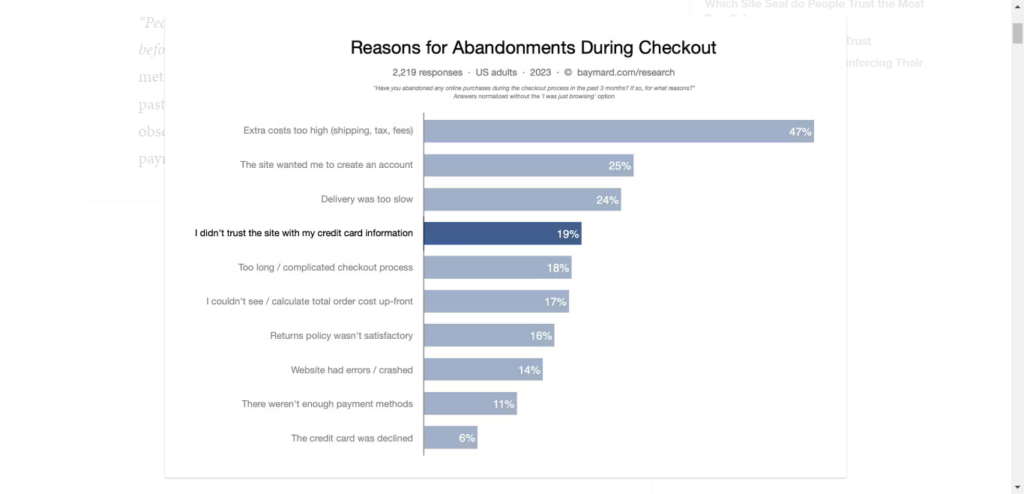
This means you can kiss one out of every five shoppers goodbye.
And we totally get it.
We completely understand why some shoppers feel uncomfortable sharing their credit card information.
Identity theft and cybercrime are on the rise. This is people’s money and identity we’re talking about! We don’t blame people for being super cautious.
A Javelin Strategy & Research study found that identity fraud hit a record high in 2019/2020.
More specifically,
Fraud losses grew 15 percent in 2019 to $16.9 billion even as instances of fraud fell from 14.4 million in 2018 to 13 million in 2019, which resulted in consumers facing $3.5 billion in out-of-pocket costs last year.
Javelin wrote a related article where they investigate what they refer to as the genesis of the identity fraud crisis:
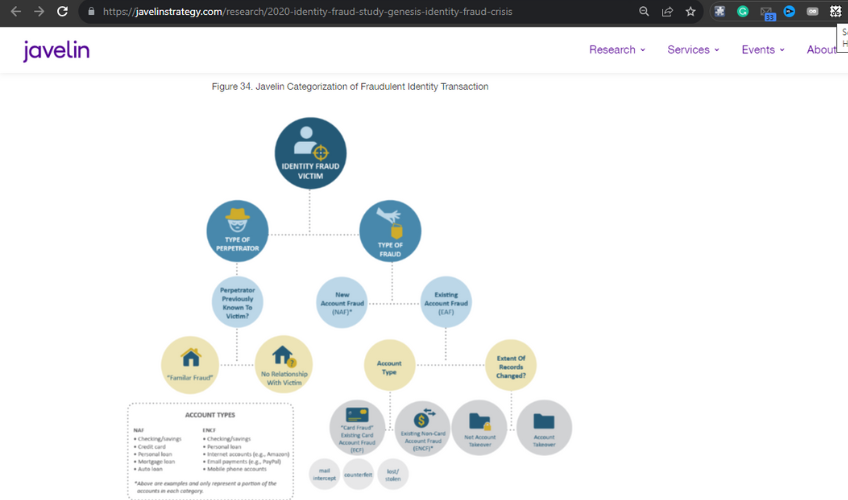
It has become a serious problem.
If you haven’t been the victim of identity theft yourself, there’s a good chance you know someone who has.
Just look at the increase in the number of identity theft and fraud complaints between 2018 and 2022:
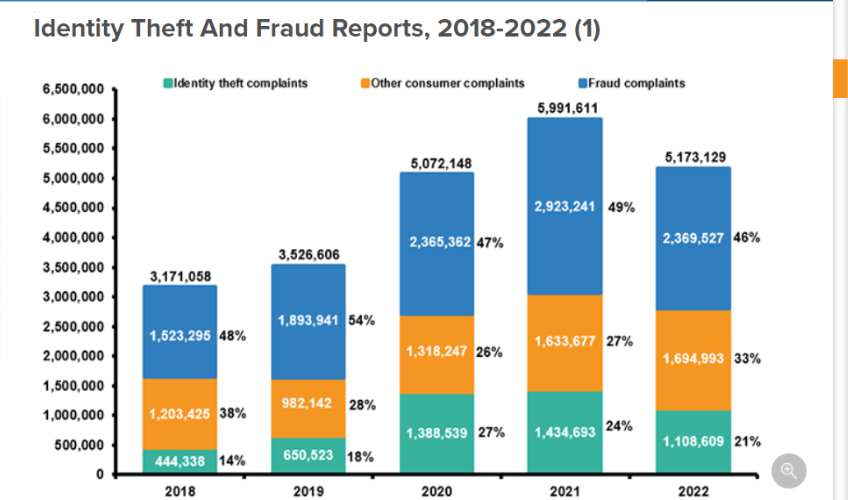
This means one thing.
Most people don’t want to hand over their credit card information to just anyone.
They want to know that the company they’re doing business with is taking every possible security precaution to ensure that their sensitive information doesn’t end up in the wrong hands.
We avoid doing business with any website that looks sketchy and where security could be a potential issue.
In fact, we’ve found ourselves abandoning the checkout page several times because of this.
It’s just not worth the risk.
How can you gain the trust of your online shoppers?
This puts modern business owners in a bit of a quandary.
You must devise an effective way to put shoppers’ minds at ease and let them know they’re in good hands when they do business with you.
What can you do?
Shoppers consider several factors when determining whether or not they trust a particular website.
Some examples include:
- How professional the site looks
- How quickly it loads
- Whether a trusted friend or colleague has used the site before
- Whether the site contains well-known brands or products
- Whether it has easy-to-find contact information
But there’s one factor that reassures shoppers above all else.
And that’s a trust seal.
In fact, another survey conducted by the Baynard Institute confirmed that 17% of respondents abandoned their cart at checkout due to perceived trust issues. Source article – Shopify.
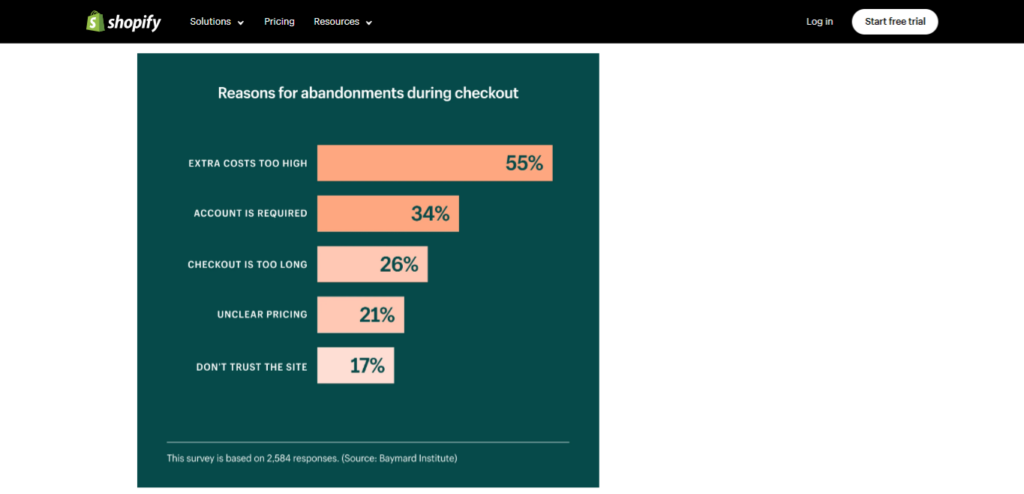
Just think about it.
How many times have you had your fears or doubts quelled when you saw a trust seal when you were checking out?
It puts us at ease.
And there’s evidence that shows just how big of an impact trust seals can have.
Research on trust seals
This great article from ConversionXL tackles the topic of checkout optimization and the way trust seals affect security perception.
Although the data might be outdated as of today’s date, the study methodology is remarkable enough to retain for posterity.
The post includes data from a study that used eye tracking to determine the exact impact trust seals have.
Here’s a screenshot of what this study entailed:

Participants then saw one of the following six trust seals:

As you can see, there are trust seals from notable companies such as McAfee, PayPal, BBB, etc.
And here are the observational patterns (the patterns respondents’ eyes followed):

By examining these findings, it’s easy to see that trust seals are huge.
After shoppers initially look at the logo and payment method section, their eyes inevitably shift to the trust seal at the bottom.
This shows that it’s an integral factor in whether a shopper goes through the checkout process and actually makes a purchase.
It makes sense that displaying a trust seal on your checkout page will increase trust, thereby boosting your conversion rate.
Are some trust seals more trusted than others?
You may wonder whether shoppers respond more favorably to certain trust seals than others.
This chart shows us the specifics:

As you can see, the PayPal Verified seal was noticed the most, at 67%.
This was followed by the Google Trusted Store seal at 63% and the Norton Secured seal at 59%.
It’s also important to note that survey respondents remembered certain trust seals more than others:

However, ConversionXL reports that the differences were fairly minimal.
According to them,
it’s clear that there weren’t huge differences between trust seals. Using eye tracking, we confirmed that all trust seals are equally noticeable.
In other words, it doesn’t make a massive difference which specific trust seal you use.
As long as you have one from a fairly reputable company, it should positively impact gaining the trust of your shoppers.
If you haven’t installed a trust seal on your checkout page, we highly recommend doing so immediately.
This can have a tremendous impact on your conversion rate and overall revenue.
Want proof?
We will examine the difference between sites before and after trust seal optimization.
In their 2021 cast study of Buff, scandiweb delves into the details and provides us with this visual transition from a site that doesn’t elicit trust to an updated platform that gets more conversions and fewer abandoned carts.
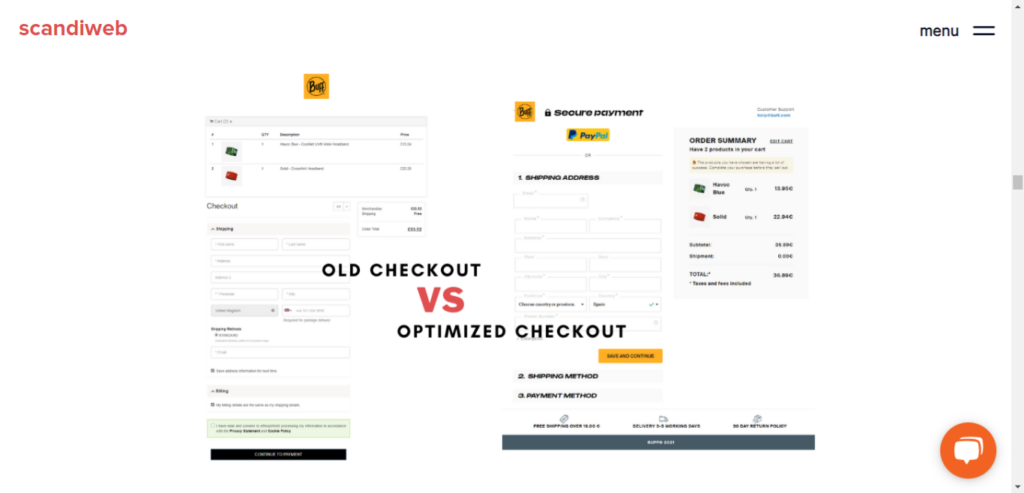
Guess what impact this had?
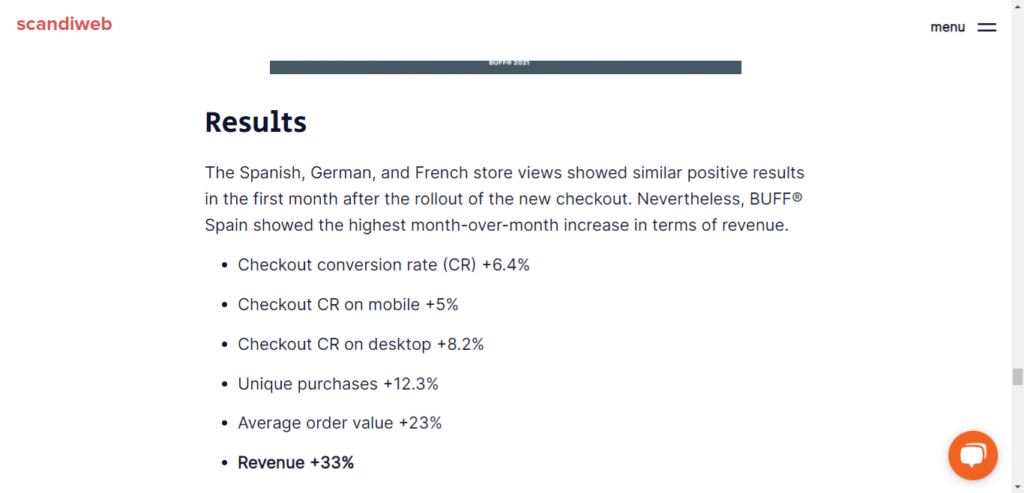
Sales increased by a whopping 33%!
Notice that nothing else on the page changed—except for the Your Privacy section, which got replaced by the Verisign seal.
This isn’t to say that your sales will instantly jump up by 33%, but we can pretty much guarantee some type of increase.
Just imagine what a trust seal could do for your long-term profits—it could be major.
How do you create a trust seal?
Here’s how the general process works.
- You choose a company, such as TrustedSite or Norton, and choose the plan you want (some basic plans are free, and more robust plans cost money).
- They perform testing on your site.
- Assuming everything looks good and your site passes the test, they will certify your site.
- You install the trust seal.
- It appears on your checkout page, and you’re good to go.
Of course, this is an oversimplification of things, so let us walk you through the process step by step.
We’ll use TrustedSite (formerly McAfee SECURE) as an example because we’re familiar with it.
The steps may vary slightly depending on your chosen security company, but the overall process should be the same.
Step #1 – Sign up
Visit TrustedSite to check out plans and pricing.
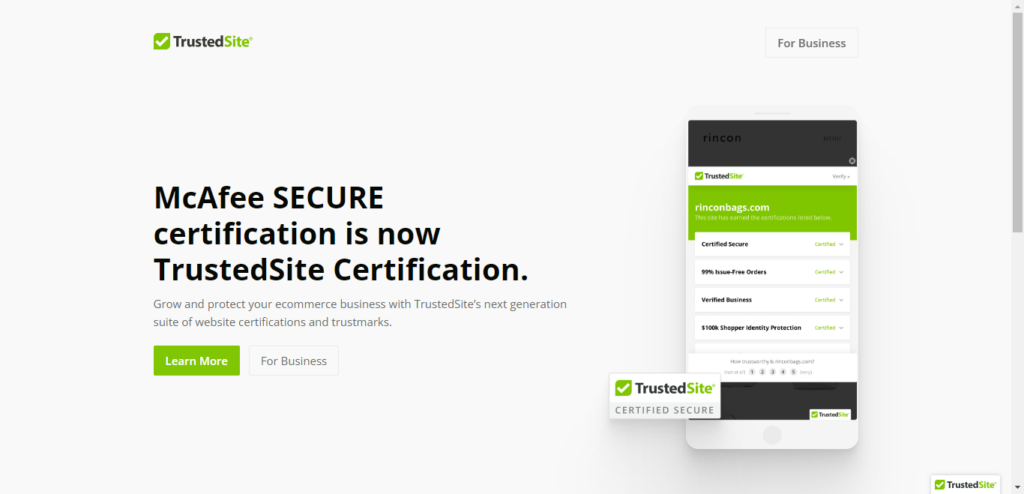
In the case of TrustedSite, it’s very straightforward.
Unlike the two price plans for McAfee, TrustedSite is $125 per month or $100 per month when you pay for the full year.
There’s an option to try for free.
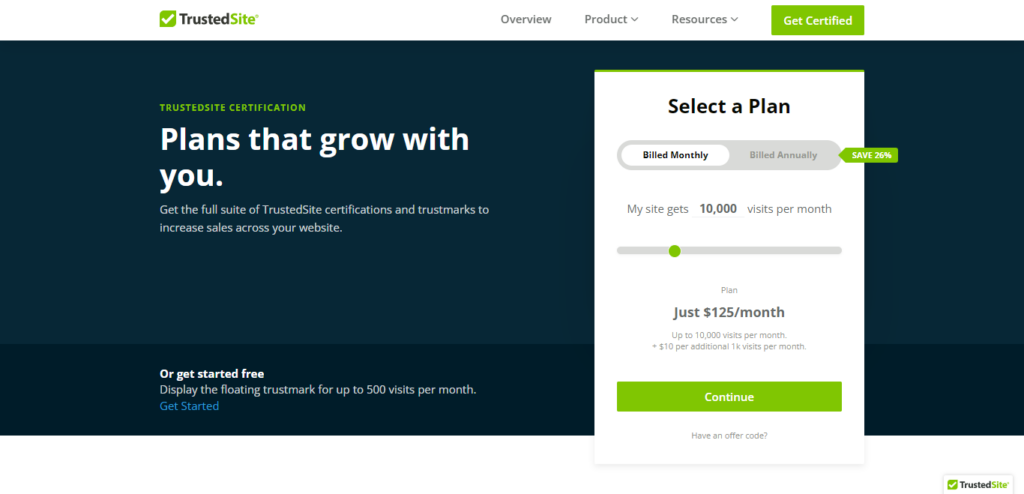
Next, choose your ecommerce platform:
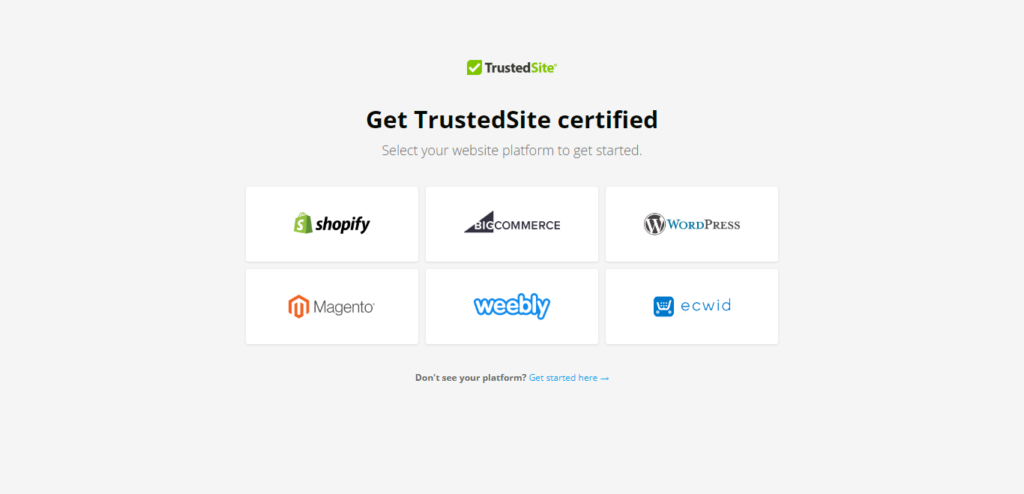
We’ve chosen WordPress.
You now have two options:
Option 1 – Download the plugin directly from TrustedSite:
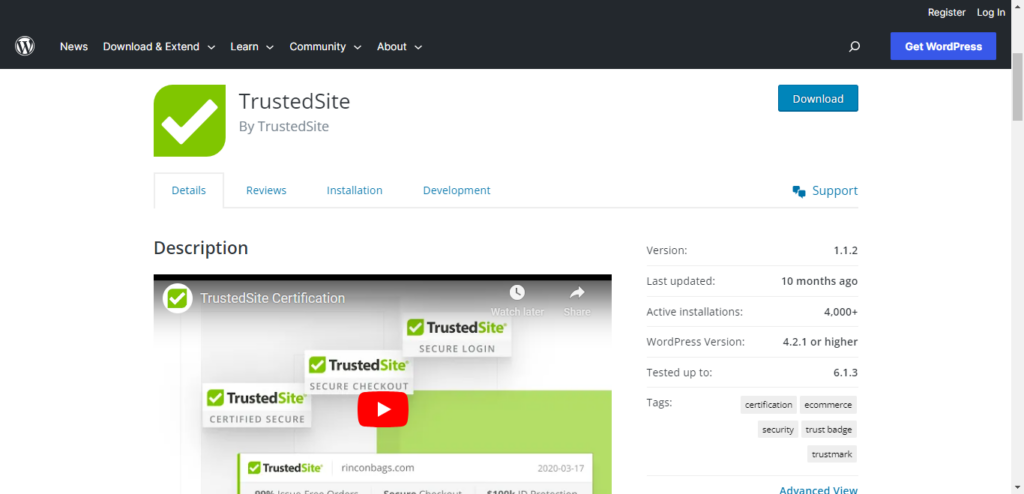
You’ll then install by doing this:
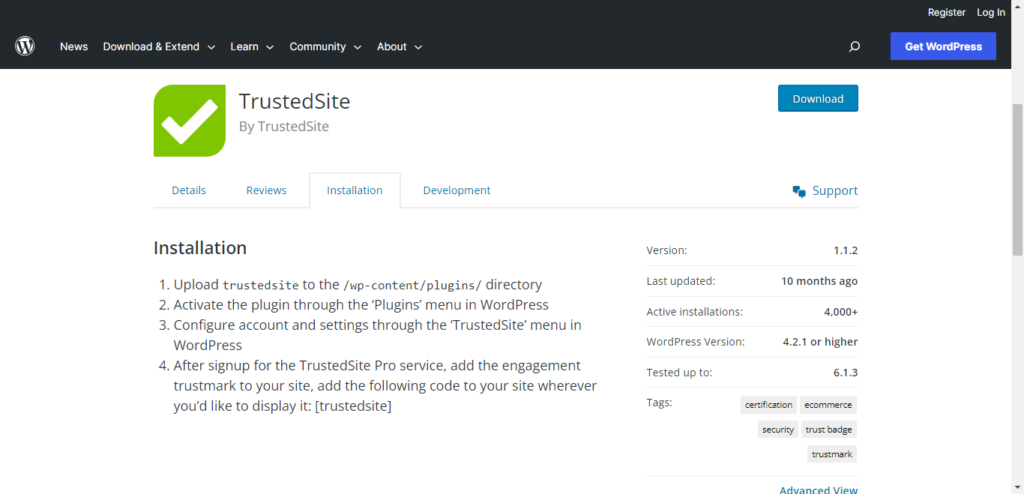
Option 2: You can find it by searching the Plugins section of your WordPress dashboard:
Click on “Add New:”
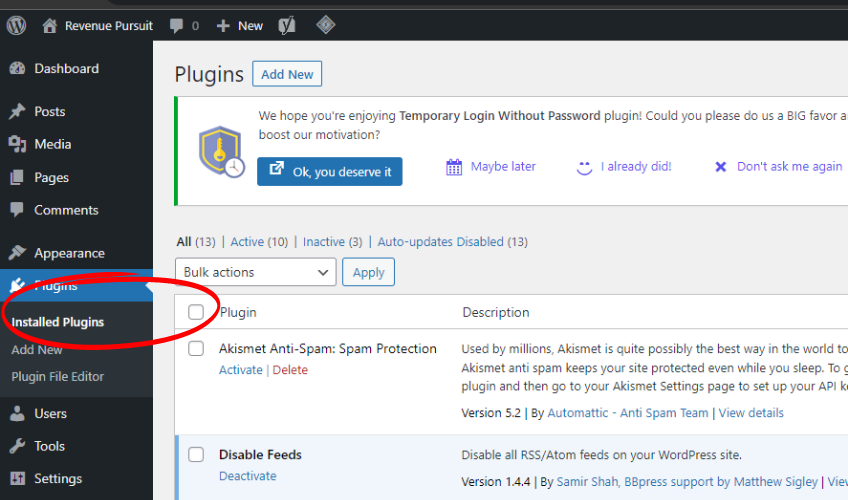
Now type in TrustedSite in the Search Plugins search box:
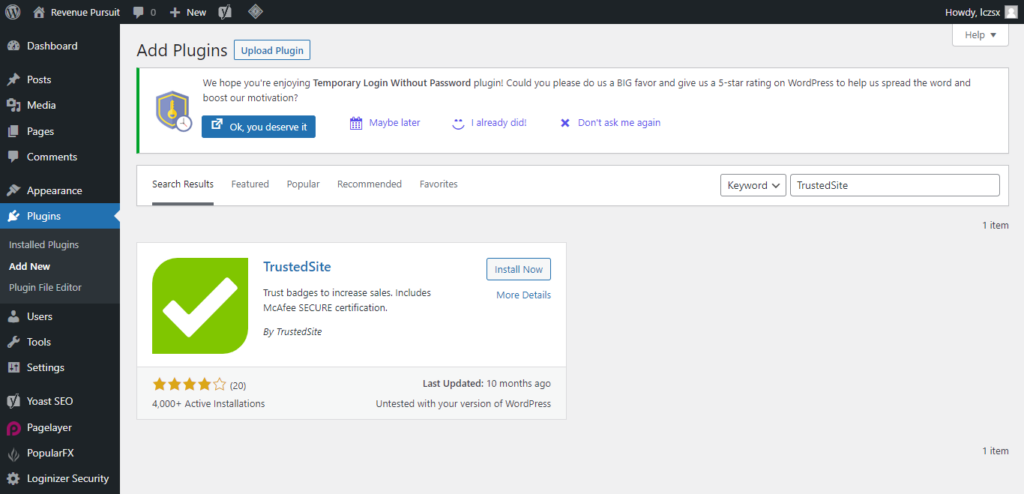
Click on “Install Now:”
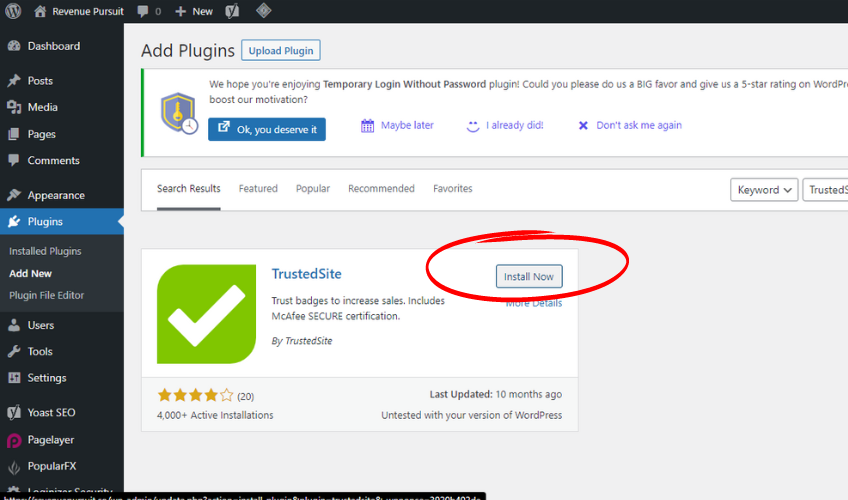
Then “Activate:”
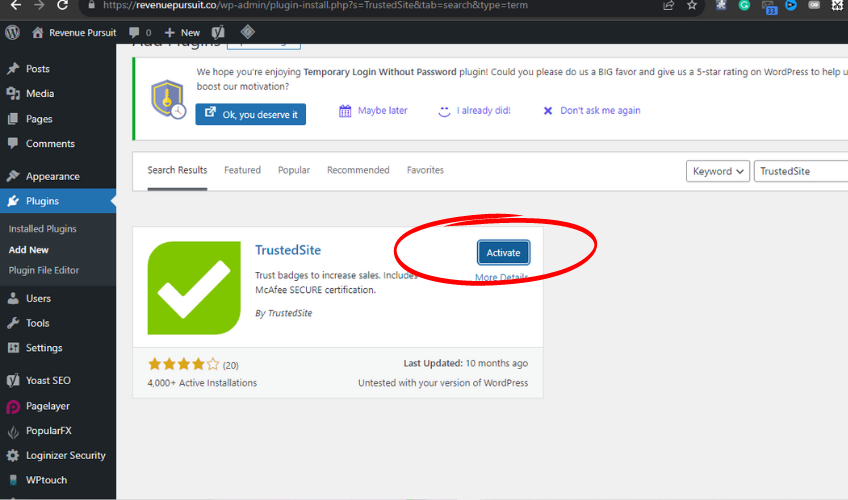
Once you’ve activated the plugin, visit Settings > McAfee Secure to configure it.
You’ll see this screen:
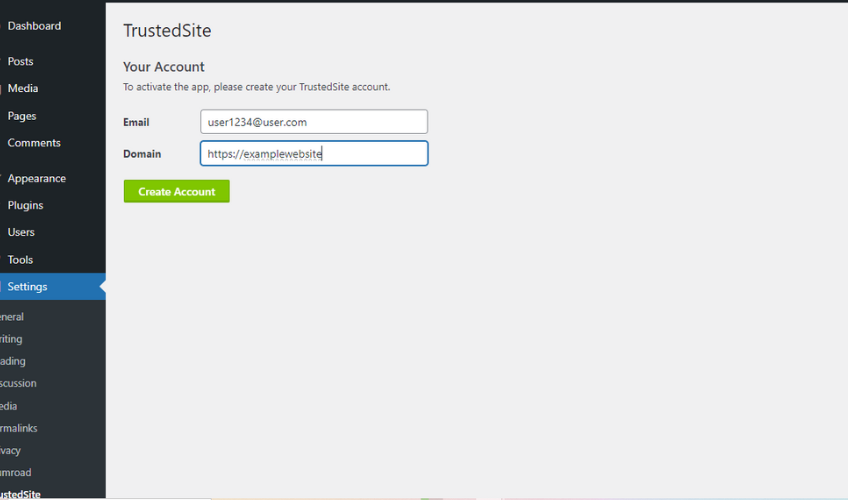
Fill out the information:
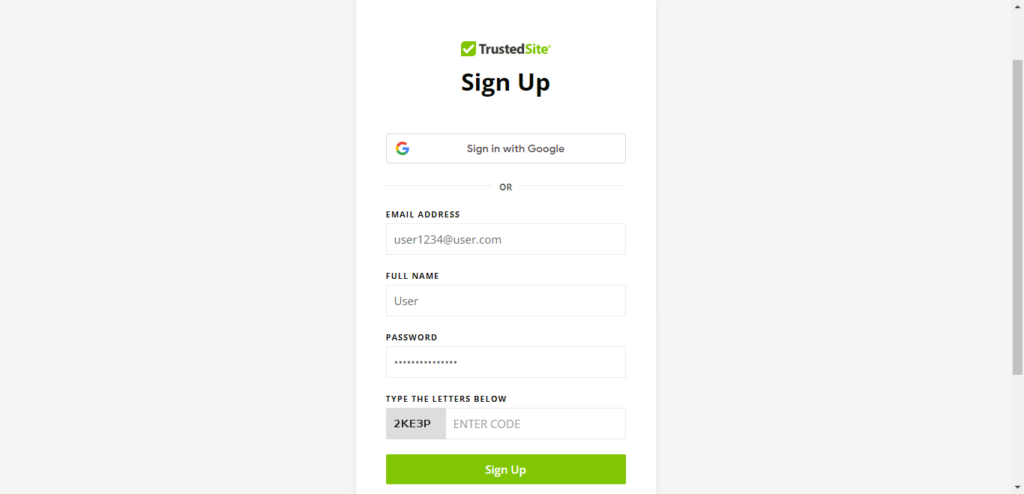
At this point, you’ll need to add code to each page of your site:
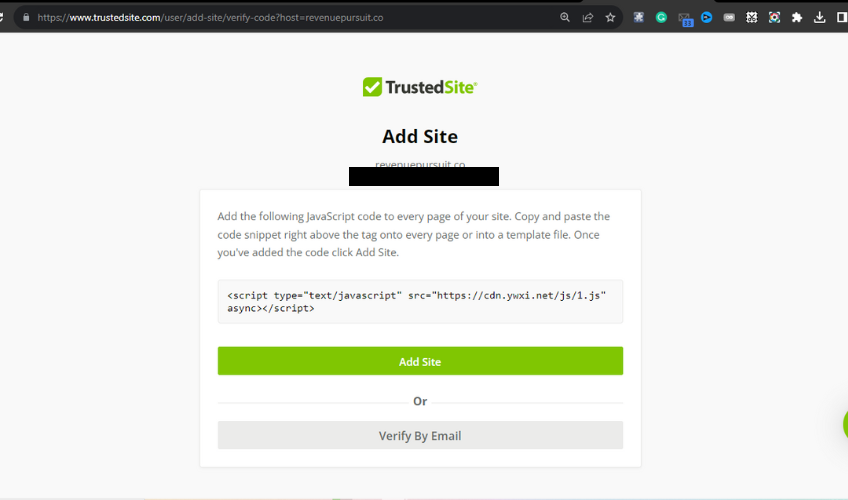
Afterwards, TrustedSite will run a series of tests. The trust seal will automatically appear on your site if all goes to plan.
That’s it.
It’s really quite easy.
As long as your website passes, you’ll have a trust seal installed on your checkout page in no time.
If you want to see a video tutorial on this process, check out this post from GreenGeeks.
Conclusion
Online security has arguably never been more important than it is today.
And the fear and skepticism so many people have are by no means unfounded.
They have a very good reason to be concerned and even a little paranoid.
As a business owner, you must address these concerns and put your customers’ minds at ease.
People want to know they’re not putting themselves at unnecessary risk by completing a transaction on your website.
According to research, one of the best ways to do this is by installing a trust seal on your checkout page.
This lets shoppers know that your site has been thoroughly tested and meets today’s security standards.
As a result, they can complete a purchase with confidence, which should bring about a higher conversion rate and an overall increase in customer satisfaction.
Fortunately, installing a trust seal on your checkout page is fairly simple, and some basic plans can be set up for free.
Find the security company that’s the best fit for you and complete the necessary steps to have a trust seal installed.
